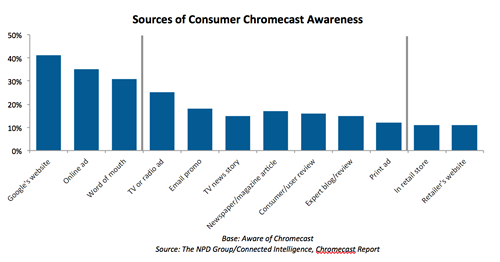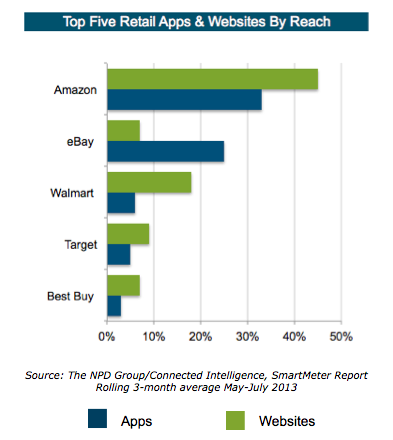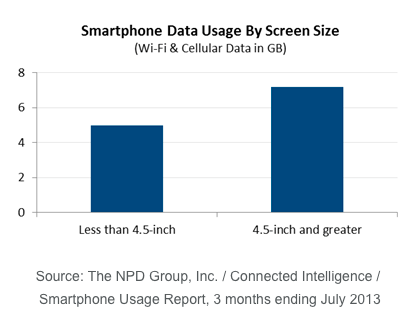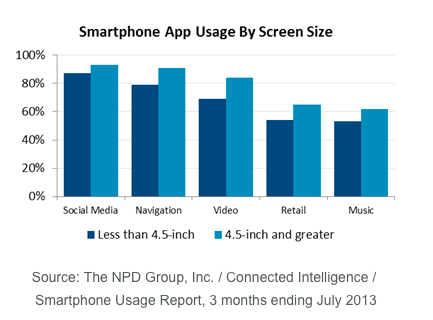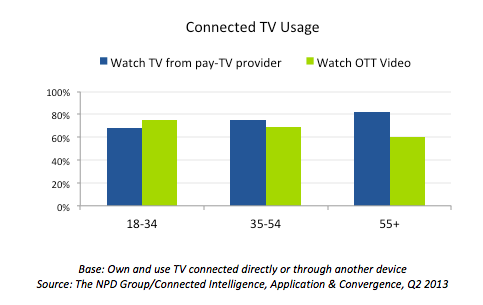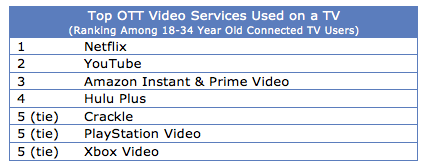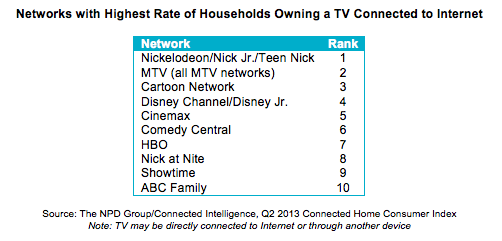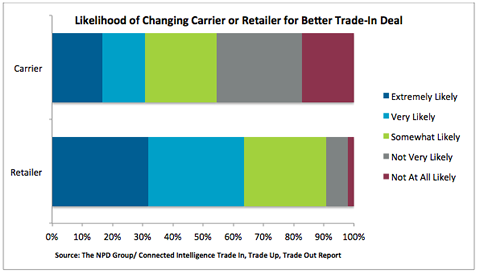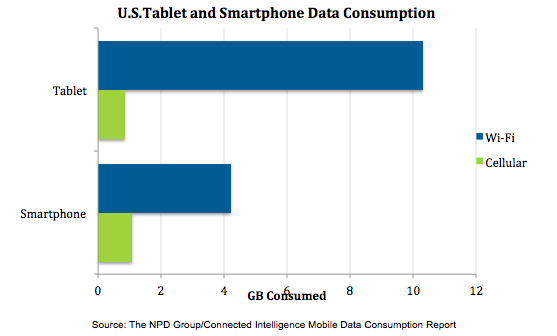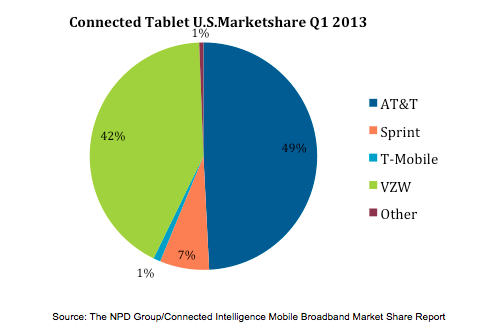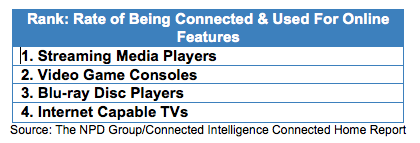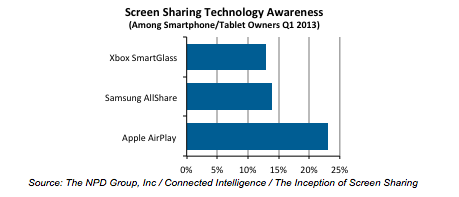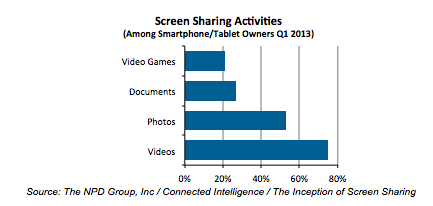PORT WASHINGTON, NEW YORK, DECEMBER 18, 2013 – By 2015 there will be 202 million Internet-capable TV devices in U.S homes, a 44 percent increase from the 140 million at the start of 2013, according to the new Connected Home Forecast report from NPD Connected Intelligence. Among those devices, 65 percent will end up being connected to the internet by consumers in 2015 compared to just 56 percent currently connected.
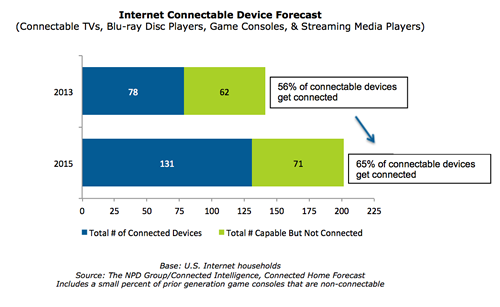
Two driving forces in the market are pushing the adoption and use of connected TV devices; streaming media players, and the TV itself. The introduction of devices, such as Chromecast, will help drive the number of installed and connected media players to 31 million by 2015, and outpace connected Blu-ray players by mid-2014.
Connected TVs, once just a middleman for connected devices, are becoming a much more prominent piece of the living room experience. More connected TVs are being produced, purchased, installed, and ultimately connected to the Internet, and by 2015 there will be 23 million installed and connected. While TVs and streaming media players are expected to see the most growth, video game consoles will remain the most connected device to the TV.
“As consumers connect TVs to the Internet, they are not only using streaming services such as Netflix, they also switch from linear and on-demand TV programming to TV network apps such as HBOGO or WatchESPN,” said John Buffone, executive director, industry analyst, NPD Connected Intelligence. “This change in behavior emphasizes the importance of developing strong watch apps and ensuring they are available on all the devices viewers use to connect their TVs.”
Connected Home Forecast Methodology
The Connected Home forecast is based on NPDs quarterly Connected Home surveys conducted among ~5,000 U.S. consumers, age 18 and older. Using the NPD Consumer and Retail Tracking services, historical installed base reporting is mapped to sales trends for each device category. Coupled with internet connection rates, these data are used to project a view of the connectable and connected device installed base.
About Connected Intelligence
Connected Intelligence provides competitive intelligence and insight on the rapidly evolving consumer’s connected environment. The service focuses on the three core components of the connected market: the device, the broadband access that provides the connectivity and the content that drives consumer behavior. These three pillars of the connected ecosystem are analyzed through a comprehensive review of what is available, adopted, and consumed by the customer, as well as reviewing how the market will evolve over time and what the various vendors can do to best position themselves in this evolving market. For more information: http://www.connected-intelligence.com. Follow Connected Intelligence on Twitter: @npdci.
About The NPD Group, Inc.
The NPD Group provides global information and advisory services to drive better business decisions. By combining unique data assets with unmatched industry expertise, we help our clients track their markets, understand consumers, and drive profitable growth. Sectors covered include automotive, beauty, consumer electronics, entertainment, fashion, food / foodservice, home, luxury, mobile, office supplies, sports, technology, toys, and video games. For more information, visit www.npd.com and npdgroupblog.com. Follow us on Twitter: @npdtech and @npdgroup.
CONTACT:
Sarah Bogaty
+1 516 625 2357
sarah.bogaty@npd.com



